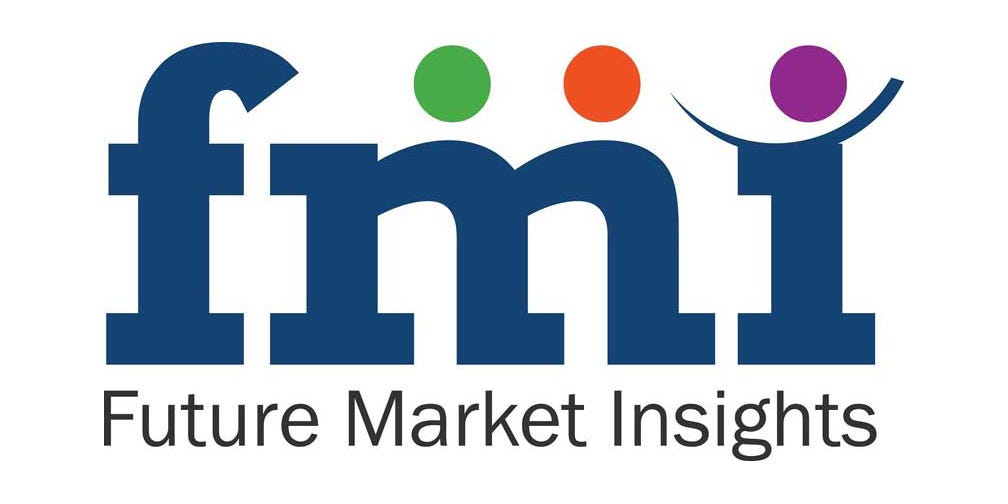Protective Clothing Market 2022 Industry Research, Segmentation, Key Players Analysis and Forecast to 2030

The global protective clothing market is estimated to cross US$ 10.32Bn in 2022 and is anticipated to expand by more than 6% CAGR during the forecast period of 2022–2030. Work-related injuries and deaths, tight government policy and new product development are the primary factors in the protective clothing market. Protective clothing is expected to provide protection against flames, chemicals, biological agents, punctures, insects, rain, cold, ultraviolet (UV) radiation and extreme heat, etc.
Few notable developments are super repellent coatings, electrospun nanofibers, fibers with novel cross sections, intelligent textiles, and biomimetic (inspired by nature) materials. Research investment in areas like nanotechnology and intelligent materials lead to new technologies which bring advanced & new protective clothing in the market.
Outbreak of Covid-19 Disease Surge in Demand for Protective Clothing across the Globe
The outbreak of Covid-19 pandemic which had started in China, now spread all over the world. As of 7th April, 2020, the total positive cases recorded were 1.4 Mn and 81,049 total number of deaths. It has effected more than 209 countries and territories so far.
Apart from some essential products and services, all businesses are temporarily closed. As per World Economic Forum, The US and Eurozone’s economies are expected to recover to its full swing until 2023. The pandemic has raised a sudden need of protective clothing among doctors, nurses, and other health care professionals.
The use of coverall and lab coats are in high demand for medical professional, lab testers etc. Companies are facing enormous demand for protective clothing, and as a result, companies are currently expanding their production capacity to meet growing market demand. Lakeland Industries Inc., DuPont, have expanded their production capacity of protective clothing. Many other companies also started production of protective clothing to meet the domestic and global demand to fight against Covid-19.
Key Takeaways from the Protective Clothing Market Study
- East Asia is expected to dominate the global protective clothing market owing to the rise in demand for protective clothing in hospitals to eliminate the spread of disease and treat coronavirus patients coupled with a significant presence of prominent companies in China and Japan. Moreover, a large low-cost labor base and availability of raw materials in East Asia are also factors for the growth of the protective clothing market in the region.
- According to FMI, the coverall segment is expected to see higher sales than its counterpart such as vests, jackets, aprons, etc. The growing need for protection in the chemical and manufacturing sector and healthcare industries has propelled the sales of coveralls.
- Non-Woven materials are mostly used in the protective clothing market. It is expected to hold the largest share during the forecast. Advancements in Nanotechnology and materials such as electrospun nanofibers, fibers with novel cross sections, intelligent textiles, and biomimetic materials are expected to see robust growth during the forecast.
- The manufacturing sector holds the largest share in the global protective clothing market. However, the healthcare sector is expected to grow at a significant CAGR owing to the high demand for coveralls, lab coats, and medical growth. Moreover, the ongoing coronavirus pandemic has increased the enormous demand for protective clothing across the globe.
Manufacturing Capacity Expansion to Increase Product Supply
Currently, the organizations in the market are focused on expanding their manufacturing base to fulfil the rising demand. The WHO (World Health Organization) has urged the governments of countries to work with companies in order to increase the production of necessary medical and healthcare protection clothing and equipment supplies in view of the global pandemic outbreak.
A well-established company DuPont has increased its production of Tyvek hazmat suits which is important to protect the doctors and nurses fighting the pandemic in the frontline.
Some of the key players operating in the protective clothing market are 3M Company, Ansell Limited, Kimberly Clark Corp., Teijin Limited, Sioen Industries, Lakeland Industries, Inc., W. L. Gore & Associates, Workrite Uniform Company, Inc., Cetriko, Lakeland Industries, Inc.,Ballyclare Limited, Glen Raven, DuPont and others.
Who is winning?
Several leading companies are expanding their production capacity. Extensive R&D, merger & acquisition and partnership activities to come up with new technologies which can change the market landscape of protective clothing.
- In March 2020, Lakeland Industries Inc. has expanded its manufacturing capacity by 30% to support market for the requirement of protective clothing.
- In 2018, Radians, a manufactures industrial protective clothing had acquired Neese Industries, Inc. to increase its production capability.
Global Protective Clothing Market by Category
By Product Type, Global Protective Clothing Market is segmented as:
- Coveralls
- Vests
- Jackets
- Aprons
- Others (surgical gowns, laboratory coats etc.)
By Material Type, Global Protective Clothing Market is segmented as:
- Non-Woven
- Woven
- Knit
By End Use Industry, Global Protective Clothing Market is segmented as:
- Manufacturing
- Oil & Gas
- Healthcare
- Others (transportation, firefighting etc.)
By Region, Global Protective Clothing Market is segmented as:
- North America
- Latin America
- Europe
- East Asia
- South Asia
- Oceania
- MEA
Information Source:
https://www.futuremarketinsights.com/reports/protective-clothing-market

Comments
Post a Comment